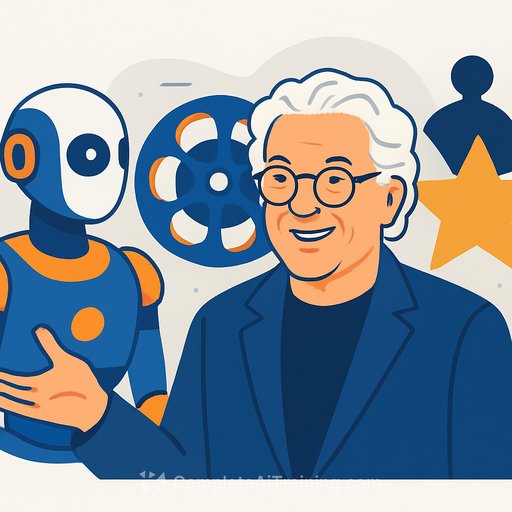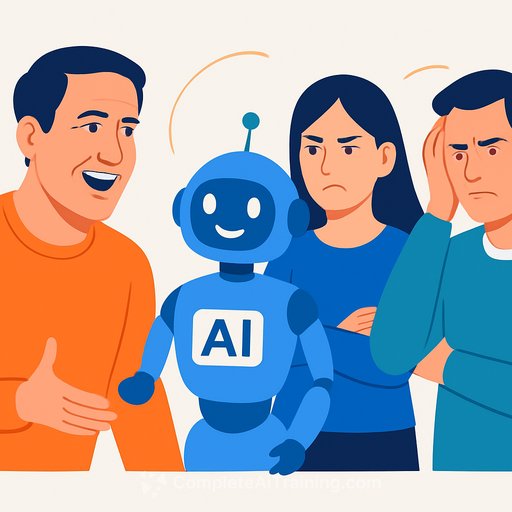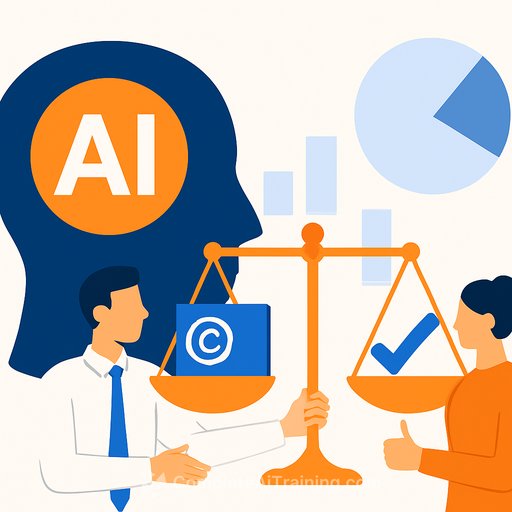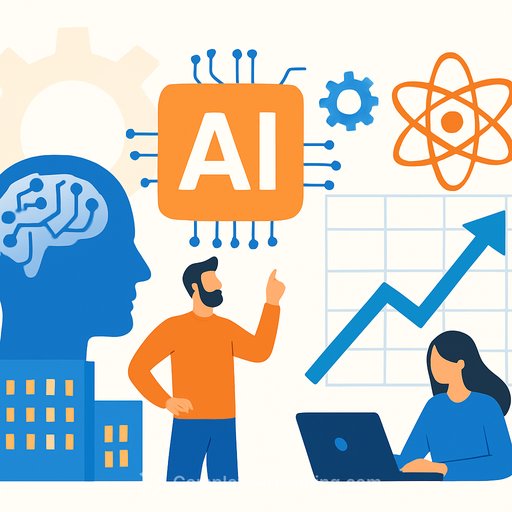George Miller Backs Australia's OMNI AI Film Festival - And Puts Story Over Panic
While some directors are yelling "F**k AI" into microphones, George Miller is quietly doing something more useful: watching, listening, and experimenting.
The Mad Max creator joined the jury for OMNI, Australia's first AI-focused film festival, and came away convinced that AI can open up new ways to tell stories. Not as a threat, but as another tool - like oil paint or photography was for earlier artists.
OMNI: A New Stage for AI-Driven Cinema
OMNI was launched by Travis Rice (immersive tech specialist at the University of New South Wales) and Aryeh Sternberg (tech exec at Radmis), with early support from Furiosa VFX artist Yan Chen. The first screenings happened in Miller's own office - that's how close he wanted to be to the work.
The festival's debut drew 400 entries from around the world and ended with the Mirror Award going to "The Cinema That Never Was," a short film by Berlin-based AI filmmaker Mark Wachholz. The film dreams up movies that were never made - a poetic nod to memory, taste, and the "what if" energy that fuels creativity.
Wachholz credits AI with letting him make the kind of visual storytelling that used to be blocked by budget and logistics. He cited Mad Max: Fury Road as an influence and framed this shift simply: we're entering a phase that's more immediate, more visual, and far more empowering for creators with strong ideas.
Miller's Lens: Tools Don't Matter If the Story Pulls You Forward
During judging, Miller's filter was simple: "I'm not thinking about how it was created - I want to know what happens next." That's the point. If the work makes you lean in, the method becomes secondary.
He's compared AI to earlier leaps in art. Those tools didn't erase painters or photographers - they broadened what was possible. As he's said before, AI could "make screen storytelling available to anyone who has a calling to it." That's a big deal for scrappy creatives without studio budgets.
Not Everyone Agrees - And That's Fine
Guillermo del Toro voiced a hard "no" on AI at a recent premiere. Miller took the opposite route: get close, talk to the makers, and see what's actually happening. He even reached out directly to several AI filmmakers to understand their process and share storytelling principles built over four decades.
Which approach will age better? Time will tell. But OMNI showed that when emotion and craft lead, AI can support a new cinematic language rather than flatten it.
What This Means for Working Creatives
- Prototype faster: Use AI for storyboards, pitch visuals, and previsualization. Spend your budget where it counts - on the shots that truly need it.
- Taste is your moat: The tools are accessible. Your edge is curation, pacing, and choices that feel human.
- Build a lean pipeline: Combine AI image/video tools with your edit and sound workflow. Treat AI as an assistant, not an autopilot.
- Write like a director: Clear briefs, visual references, and scene beats lead to stronger AI outputs. Vague input = bland results.
- Set guardrails: Track rights, model licenses, and actor likeness. Be intentional about what you train on and what you ship.
- Collaborate: Pair technical AI filmmakers with writers, editors, and production designers. Cross-discipline teams win here.
- Ship proof-of-concepts: Short, emotionally tight pieces travel further than bloated experiments. Let audience reaction guide iteration.
The Bigger Signal
AI isn't a shortcut to good taste. It's a speed boost for people who already care about pacing, framing, and story. That's why Miller's stance matters: he's betting on the storytellers, not the software.
If you've got a film idea sitting in a notebook, now's the moment to pressure-test it. Make something small, striking, and watch what happens next.
Want structured ways to level up?
Explore curated AI tools for generative video and
see the latest AI courses for creatives.
Your membership also unlocks:






